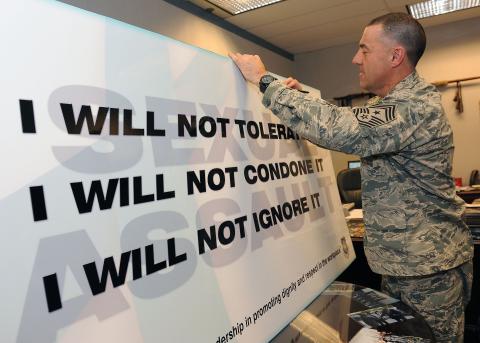https://www.youtube.com/watch?v=_4J8Z09zHXA
Video Credit: Protect Our Defenders
Military sexual assault (MST) is a problem that went under-acknowledged for decades. However, thanks to the documentary The Invisible War and other attempts to bring the issue to light, fewer sexual assaults are occurring and a greater percentage are being reported.
As a physician at the Veterans Administration (VA), I see these victims on a daily basis. And when I tell people outside of the military how prevalent MST is, they generally assume the victims are primarily female.
But they’re not.
According to the 2016 Workplace and Gender Relations Survey for Active Duty Members, the prevalence of men in the service who were victims of sexual assault last year was .6%. In 2016, that amounted to 6,300 men being assaulted.
In fact, over half of the sexual assaults in the military are perpetrated against men. So while a greater percentage of women are victims of sexual assault, the fact that there are far more men than women in the service means that male victims outnumber female victims.
In fact, men are more likely than women to have suffered five or more unwanted sexual events in the past year. And while almost 1 in 100 servicemen is victimized, only 17% report the assault. That means that the overwhelming majority go unreported.
The survey also found that men were more likely to say they would never report the incident to anyone and were more likely to have considered reporting and then decided against it.
Sexual assault, whether in the service or in civilian life, has ramifications far beyond the assault itself. Many suffer from PTSD due to the incident, which is especially tragic as the military population is disproportionately affected by PTSD.
Per the VA’s own website, the prevalence of PTSD in Veterans from the Iraq, Afghanistan and Gulf wars runs between 11-20%, and is around 15% for Vietnam vets. This means that many of those suffering from sexual assault may have PTSD from multiple sources.
Luckily, the incidence of MST is decreasing and the number of victims reporting their assault is on the rise. While 83% of male MST going unreported is high, the number in 2014 was 90%, so progress is being made.
Physicians, like myself, who see service members as they are separating from the military are now required to give each person we see a pamphlet urging them to report MST.
With the current #metoo movement and a climate that appears to be increasingly supportive of victims revealing their assaults, it is hopeful that our servicemen begin to feel that they, too, will be supported should they come forward with their experiences.
This would help shed even more light on an all-too-common occurrence, and it would also to help these men get the treatment they need to begin their own process of healing.
